
Next RV Trip, Take a Hike!
One obvious commonality RVers everywhere seem to share is our urge to explore. We all have that "itch" to get out and be adventurous and see the world, which is most likely what drew us toward RVing in the first place. But there's only so much exploring we can do from inside our rigs. So, it isn't surprising that hiking is a popular pastime for RVers. James and I are no exception to this, and we try to plan a little hiking whenever we hit the road.
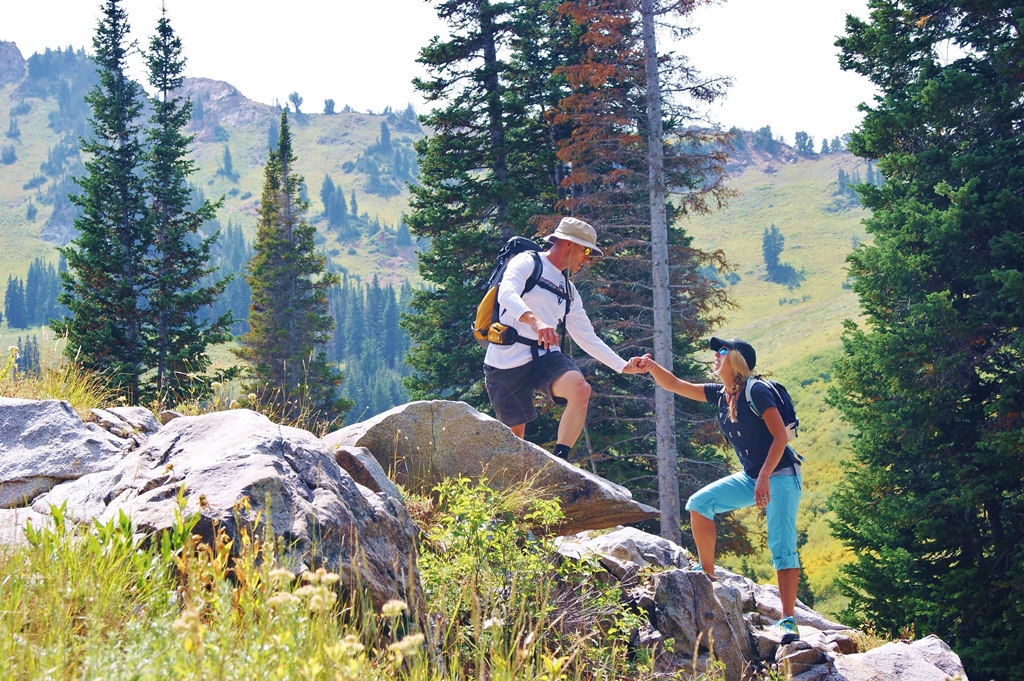
Hiking's a terrific excuse to get ourselves out of the RV, connect with nature, and (the best part) get exercise that's actually fun. Unlike our other favorite pastime bicycling, hiking is a cheaper, low-maintenance hobby, and doesn't require lots of equipment to lug around. You can almost just open up the RV doors and go. Almost.
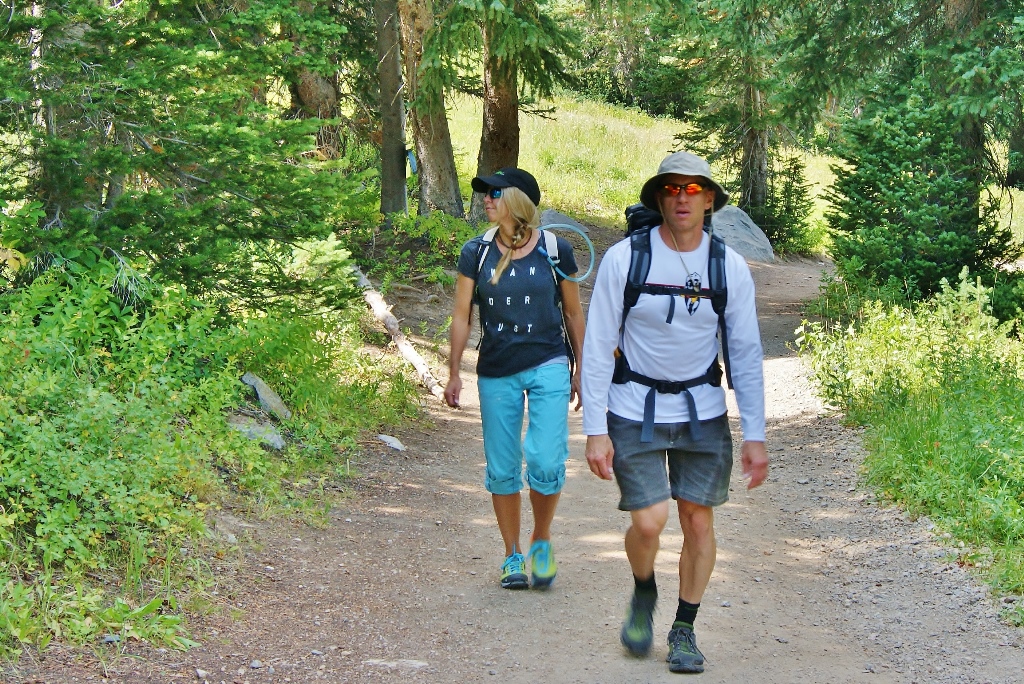
Hiking, like any outdoor activity, comes with its share of dangers: wild animals, weather, poisonous plants, etc. So being safe on your hikes is a big deal, and not to be taken for granted. But that's not all. You also want to be comfortable and make any hiking adventure as pleasant as possible. Here are a few tips to make your next hike not only safer, but much more enjoyable.
Hydration:
The most important hiking supply you'll ever need is water. How much you'll need gets tricky depending on your distance, the trail's intensity, the weather, etc. For an 8-12-mile day hike, you'll want to carry at least two liters of water per person, maybe even more if it's hot out and the trail's a tough one.
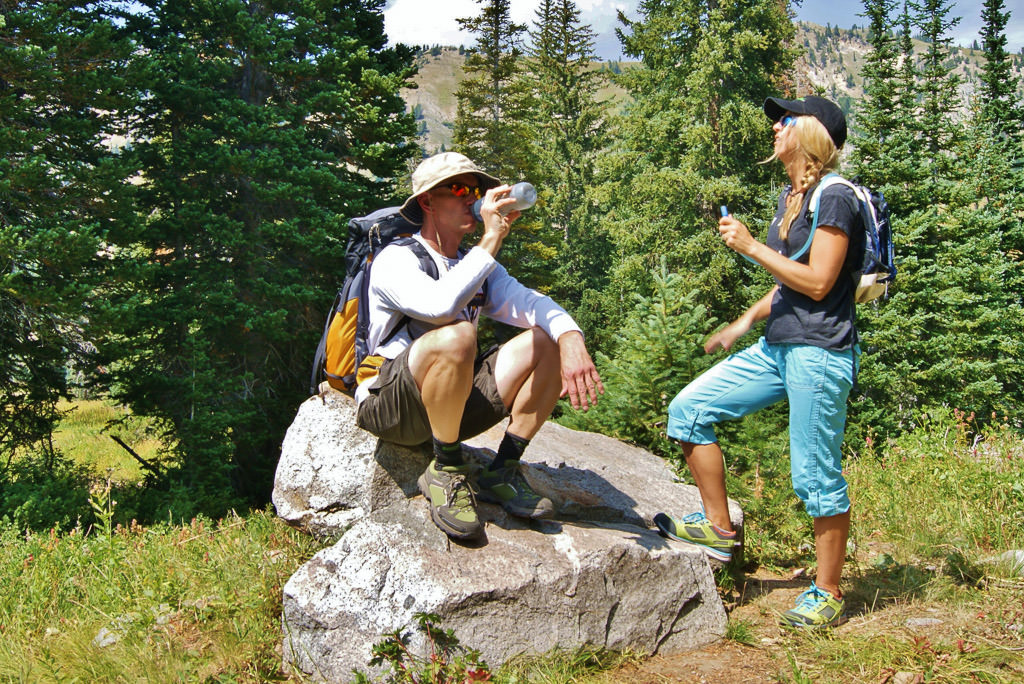
While drinking water on hikes is important, maintaining a mineral balance in your body is the real key to hydration. When you sweat, you lose electrolytes, especially sodium. Electrolytes like sodium, potassium, calcium, phosphate and magnesium, all help stimulate our nerves and balance fluid levels in our bodies. When there's an imbalance, it can cause a variety of serious negative symptoms, and can even become potentially deadly.
In an attempt to replace the minerals we lose through sweating and exertion, many people turn to bottled sports drinks like Gatorade. That's one idea, but the trouble with many commercial sports drinks is that they're high in sugar and have unhealthy food additives and colorings. A healthier idea is to use a supplement that contains the essential electrolytes without all the sugar and chemicals.
There are several products out there and we use a variety ourselves. Bioplasma Sport, made by Hyland's Homeopathic, comes in individual packets which makes it convenient for hiking. Another one worth checking out is made by Hi-Lyte, and it's made up of all-natural sea minerals including sea salt from Utah's Great Salt Lake ... right where we live!
Footwear:
If your feet aren't happy, you aren't going to be happy. Never underestimate the importance of good socks and hiking shoes. Hiking footwear comes in a range of styles, from day hiking shoes all the way to bullet-proof mountaineering boots.
James and I like to travel with a hiking shoe as opposed to a boot. (They take up a lot less room in a small RV!) I've got two pairs I alternate between, a pair of lighter Keen's (for easier hikes) and a pair of Vasque's (for hard-core hikes). I especially love a grippy sole on my hiking shoes, and my Vasque's make me feel like my feet will stick to anything. They give me a little extra confidence when the terrain gets challenging. I've got a little problem with heights, so any extra advantage I can get out there helps.
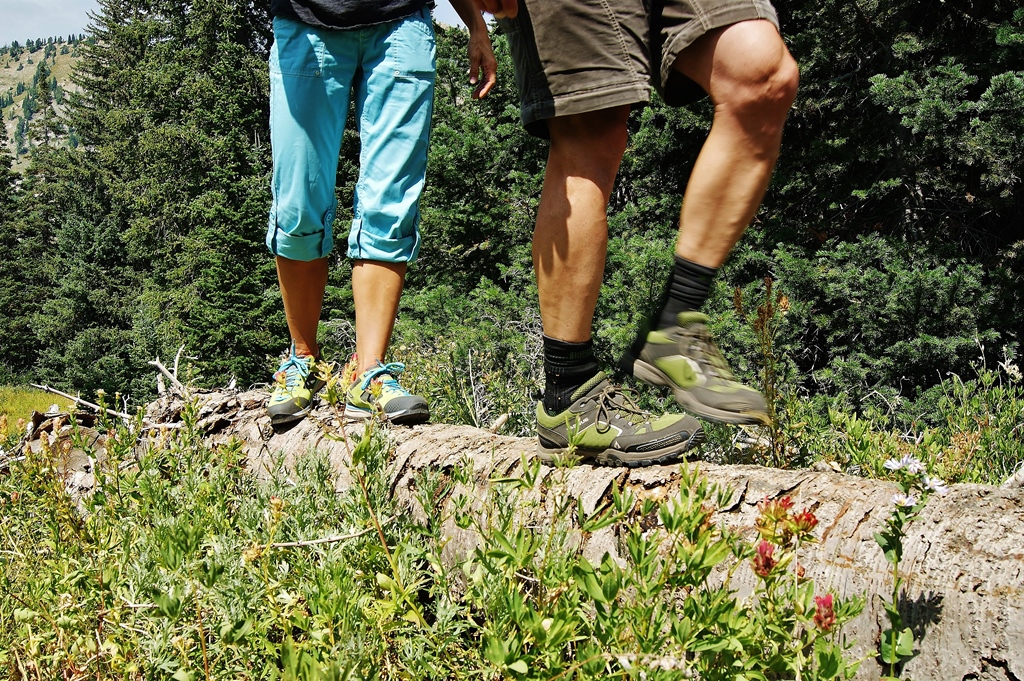
But while my Keen's and Vasque's work great for me, you've got to do your own matchmaking. Hit a store like REI, try a bunch on, talk to the helpful sales associates, and find a shoe that matches your hiking ambitions. There's no underestimating the importance of a good fit, so once you've settled on a style of shoe or boot, start trying them on. Allow yourself plenty of time here - don't rush the process. You're going to be spending a lot more time in the shoes than you ever will in the store, so make sure you get this right.
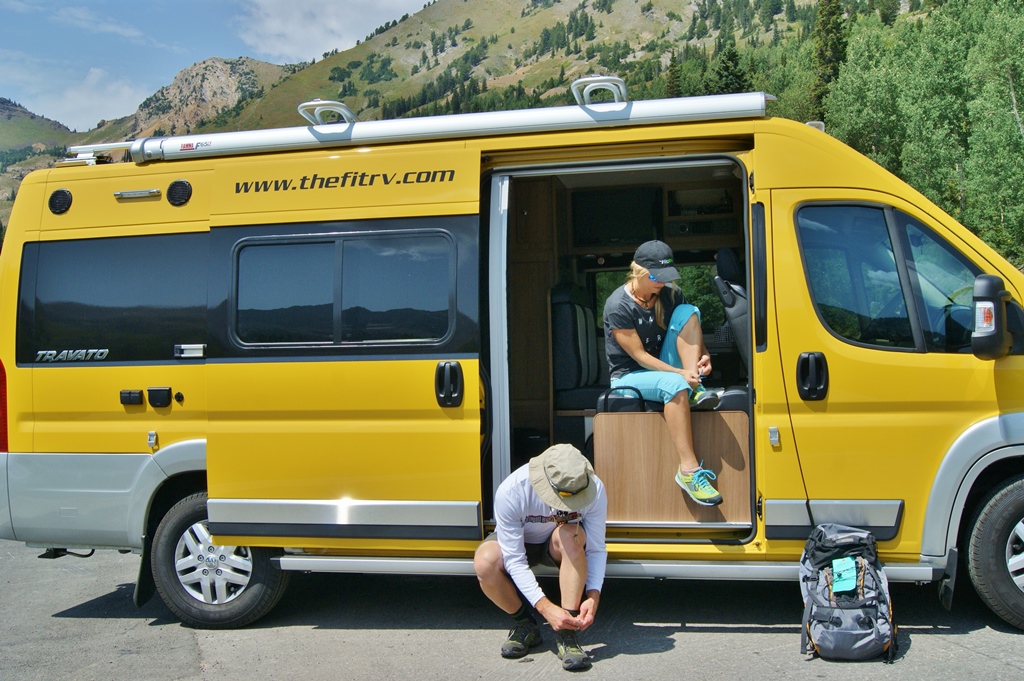
Socks are just as important. If you do that stick-hand-in-sock-drawer-and-pull-out-the-top-pair thing, you could be setting yourself up for a miserable hike. Cotton socks aren't ideal for long hikes, since they retain moisture, aren't as smooth as other materials, and could lead to blisters. Look for hiking-specific socks. A good pair of hiking socks will regulate temperature, wick moisture, absorb shock, and help prevent blisters. There's nothing worse than soaking wet feet miles away from the trailhead.
Smart Safety Accessories:
Besides plenty of water, you'll need a few other things in your daypack. Here's what we carry, and what we recommend you should consider carrying, too.
- Pocket knife
- Protein bars and/or trail mix (one serving for every hour of hiking you'll do)
- Compass & Map (make sure you know how to use them!)
- Small first-aid kit
- Waterproof matches
- Lighter
- Whistle
- Small flashlight
- Small Headlamp
- Water purification tablets and/or water bottle integrated with filter
- Electrolyte Replenishment
- Sunscreen
- Emergency foil blanket
Yes, I know, that's a pretty extensive list. Luckily, all the items are pretty small and pack down nicely.
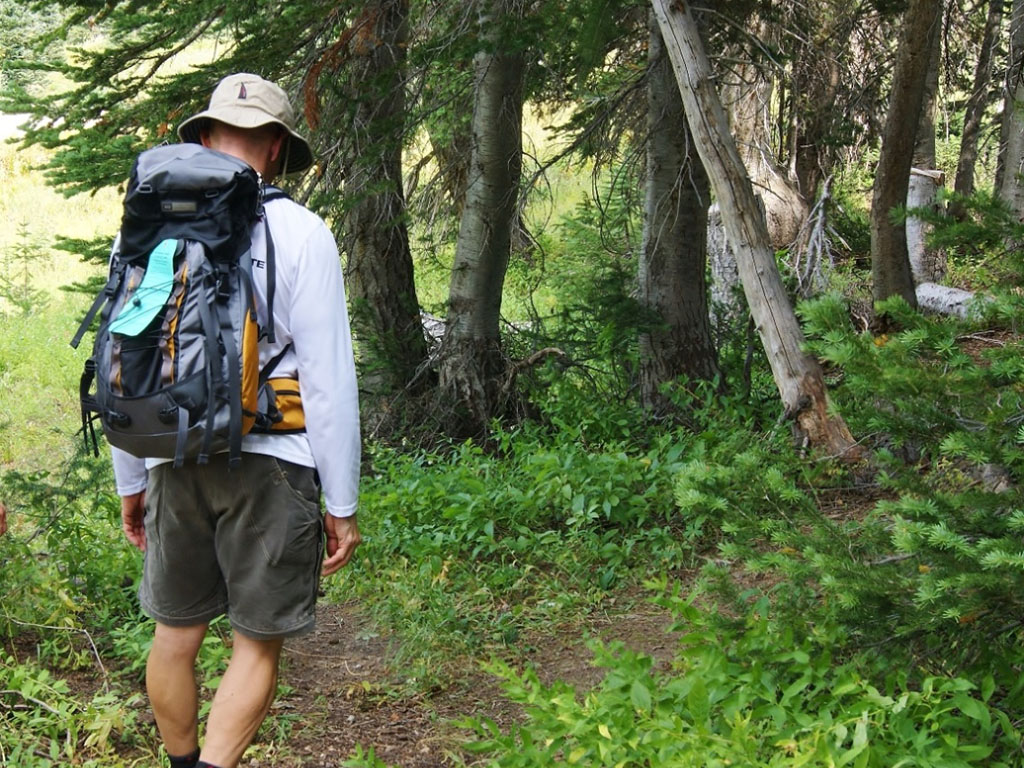 Here's James with 3 liters of water on his back, and all the items from our checklist above. Not bad!
Here's James with 3 liters of water on his back, and all the items from our checklist above. Not bad!
While 99% of the time hiking goes off without a hitch, it's always smart to plan for that 1%. But don't let the fear of the unknown deter you. Hiking is energizing, simple, cheap, exciting, and challenging. It delivers such immense rewards. And besides, it's a great way to keep fit on the road!
Comments
Comments on this post are moderated, so they will not appear instantly. All relevant questions and helpful notes are welcome! If you have a service inquiry or question related to your RV, please reach out to the customer care team directly using the phone numbers or contact form on this page .